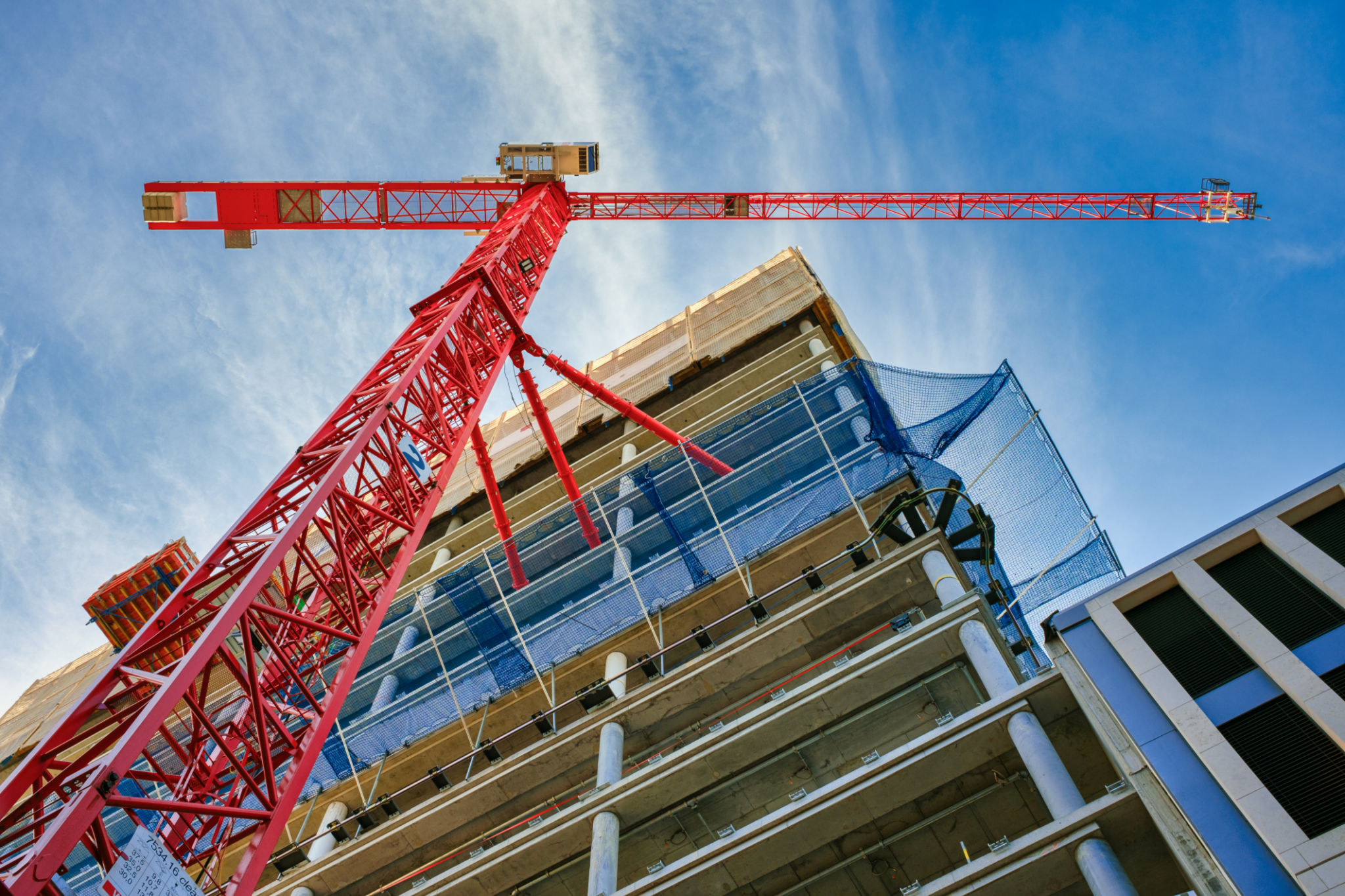Seasonal Scaffolding Preparation: What You Need to Know in Australia
Understanding Seasonal Scaffolding Needs
In Australia, the changing seasons can have a significant impact on construction projects, especially when it comes to scaffolding. Proper preparation and maintenance are crucial to ensure safety and efficiency on the worksite. Understanding the unique challenges posed by each season will help you plan and execute scaffolding tasks more effectively.
Each season brings its own set of weather conditions that can affect scaffolding structures. From the intense heat of summer to the wet and windy conditions of winter, being aware of these changes is essential for scaffolding safety. It's important to consider factors such as material wear, stability, and safety protocols.

Summer Scaffolding Challenges
Australian summers are known for extreme temperatures and high UV exposure. These conditions can cause materials to expand, affecting the stability of scaffolding structures. It's crucial to inspect scaffolding regularly for any signs of wear or damage caused by the heat.
Heat Management Tips
To manage the effects of extreme heat, consider implementing the following measures:
- Regular inspections: Check for signs of warping, cracking, or fading in materials.
- Provide shade: Use protective covering to reduce direct sun exposure on equipment.
- Hydration stations: Ensure workers stay hydrated and take regular breaks to avoid heat-related illnesses.

Rainy Season Preparation
During the rainy season, scaffolding structures face the risk of slipping and corrosion. It's important to ensure that all materials are weather-resistant and that drainage systems are in place to prevent water accumulation.
Safety Measures for Wet Conditions
To keep scaffolding safe in wet conditions, consider these strategies:
- Anti-slip surfaces: Use non-slip materials or coatings on platforms and walkways.
- Regular maintenance: Check for rust or other water-related damage frequently.
- Proper drainage: Ensure water does not pool around or on scaffolding structures.

Windy Weather Considerations
Strong winds pose a significant risk to scaffolding stability. During windy periods, it is vital to secure all structures firmly and avoid leaving materials unsecured. Wind can dislodge parts or create hazards if not properly managed.
Securing Structures Against Wind
To mitigate risks associated with windy conditions, consider these precautions:
- Tie-downs: Use additional tie-downs and anchor points to secure scaffolding.
- Avoid overloading: Keep scaffolding free from unnecessary materials that could catch the wind.
- Weather monitoring: Stay informed about weather forecasts to prepare for potential high winds.
Conclusion: Proactive Planning is Key
By understanding the impact of different seasons on scaffolding in Australia, you can take proactive measures to ensure safety and efficiency. Regular inspections, weather-specific safeguards, and attentive maintenance are all part of effective seasonal preparation. A well-prepared site not only protects workers but also helps avoid costly delays due to weather-related disruptions.
Ultimately, the key to successful scaffolding management is staying informed and vigilant about the changing environmental conditions. With careful planning and execution, you can ensure that your construction projects proceed smoothly throughout the year, regardless of the season.
